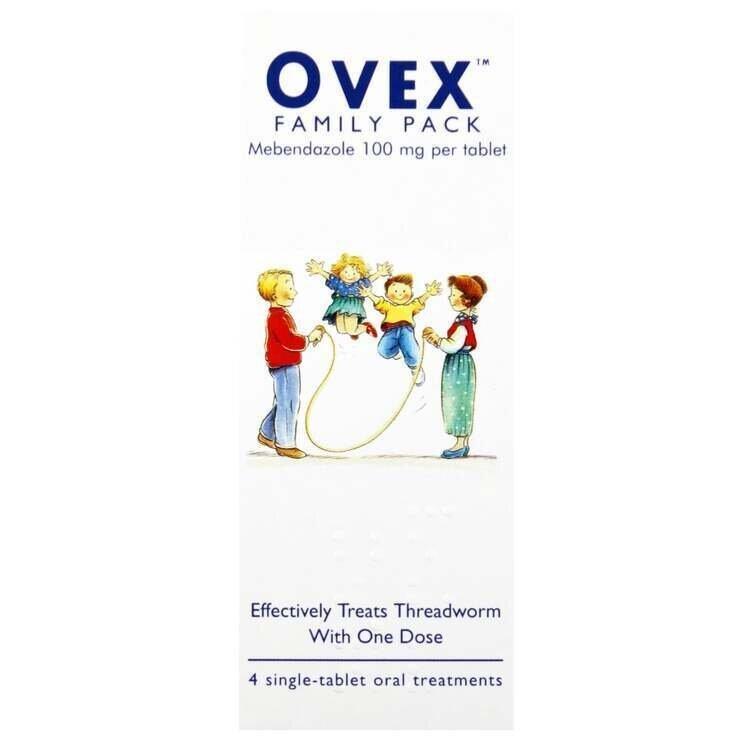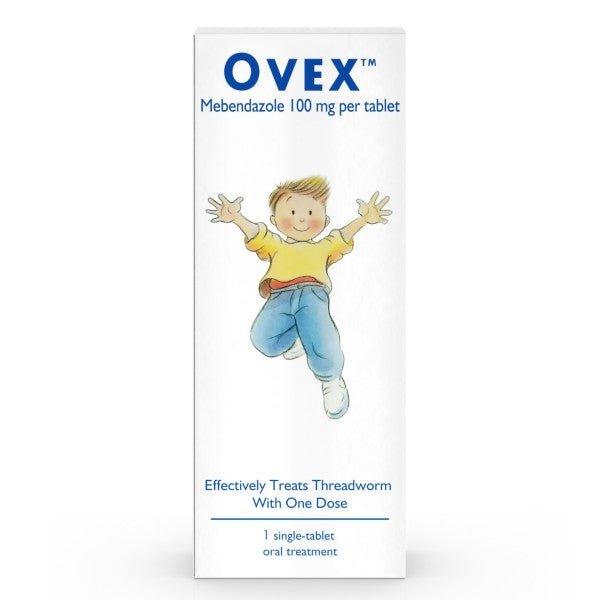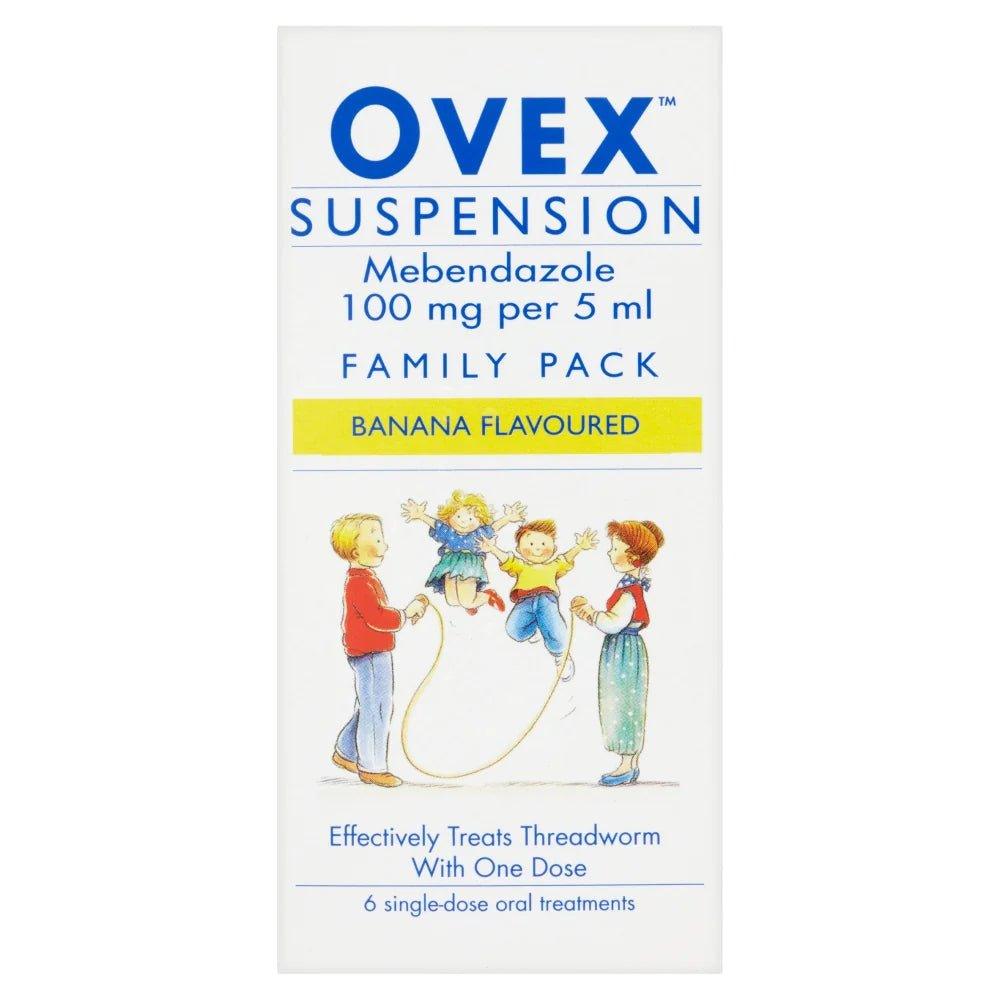Effective treatment of threadworm infections aims to eliminate the parasites from the intestines and reduce the risk of reinfection. Commonly used treatments often involve the use of active ingredients that target the threadworms:
1. Anthelmintic Medications
Mebendazole: This anthelmintic medication is the most commonly prescribed treatment for threadworm infections in the UK. It works by preventing the worms from absorbing sugar, ultimately leading to their death.
Pyrantel Pamoate: Another anthelmintic, pyrantel pamoate, paralyzes the worms' muscles, making it easier for the body to eliminate them through bowel movements.
2. Dosage
Treatment typically involves a single dose of the medication, with a repeat dose after two weeks to ensure that any newly hatched eggs are also eliminated.
3. Family and Household Treatment
To prevent reinfection and the spread of the infection, it's essential that all family members and close contacts receive treatment, even if they are asymptomatic.
4. Hygiene Measures
Practicing good hand hygiene, particularly thorough handwashing after using the toilet and before meals, is crucial in preventing the spread of threadworm eggs.
5. Environmental Cleaning
Frequent laundering of bed linens, towels, and clothing in hot water can help remove threadworm eggs. Regularly vacuuming and cleaning the home, especially in areas where an infected person spends time, is also essential.




